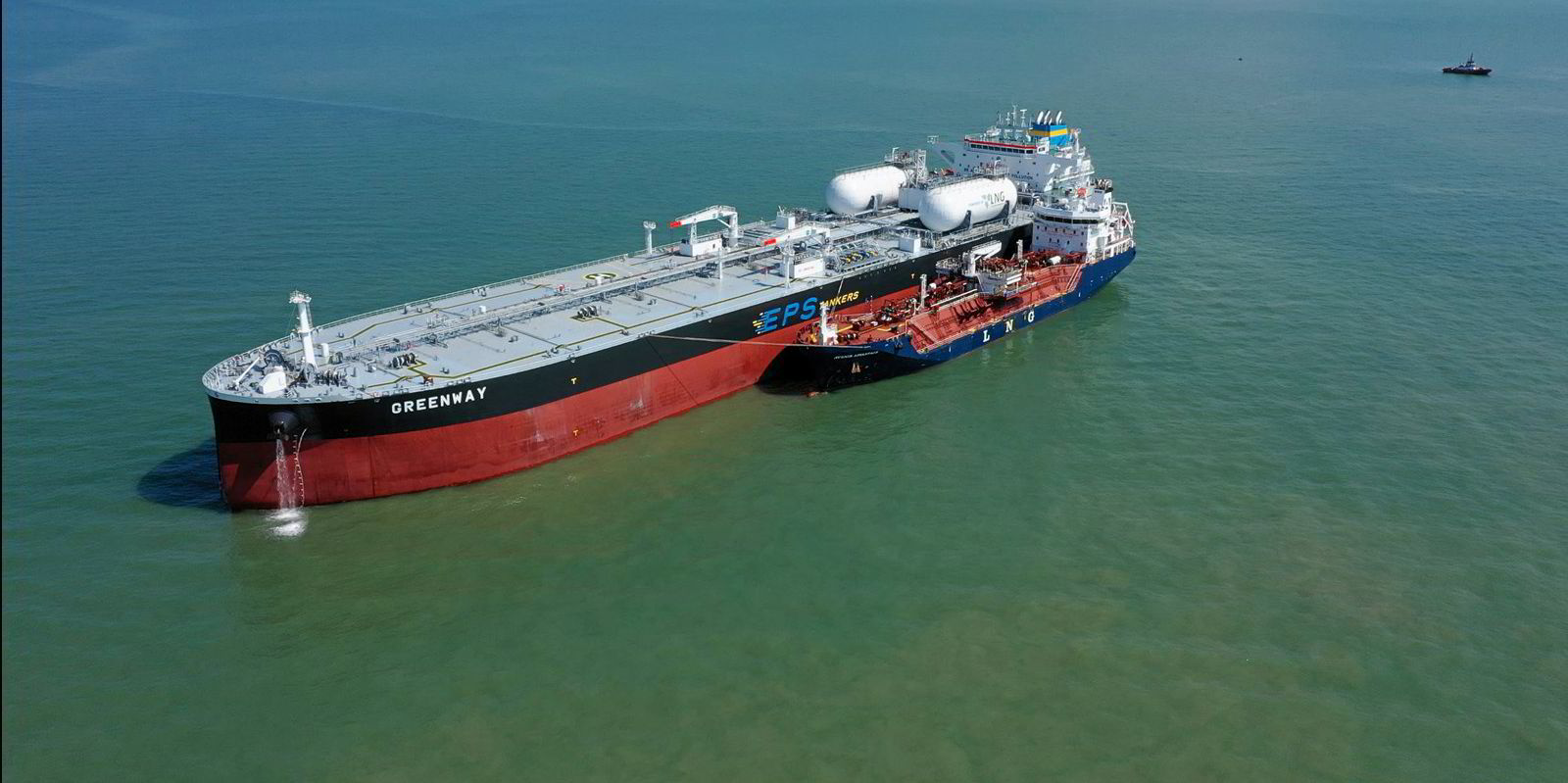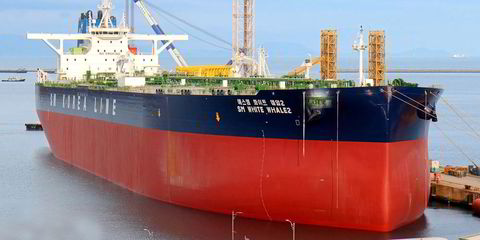Aframax and suezmax rates are set to weaken further over the short term due to a glut of Russian exports already on the water.
French shipbroker BRS Group said these midsize crude ships have already shed more than $30,000 per day and $24,000 per day, respectively, from their late-March peaks.
The Baltic Exchange quoted suezmaxes as averaging $57,500 per day on Monday, down 16% in a week.
Aframaxes were assessed at $47,100 per day, off 22% over the last seven days.
At the end of March, data suggests that a combined 9,000,000 barrels per day (bpd) of crude and products exported from Russia had yet to reach their ultimate destinations.
“This implies that, if markets are not to be swamped by a combination of fresh Russian exports and the offloading of its oil on the water, Russian exports should likely slow down over the coming weeks and months,” the broker said.
Crude futures are priced lower than spot levels, supporting further moves of oil into on-shore storage, BRS believes.
Another factor hitting suezmax and aframax demand is the continued closure of the Iraq-Turkey Pipeline due to an arbitration case between the two countries.
Turkey has been declared liable for exporting Kirkuk crude from Kurdish-controlled fields without the required authorisation by Iraq.
Flows of around 450,000 bpd exported from Ceyhan in Turkey on tankers could remain stopped until a second case is settled.
Legal standoff
“This standoff is hitting Mediterranean suezmax and aframax demand, with these tankers each accounting for around 50% of Kirkuk fixtures from the port,” BRS said.
These effects may only be short-lived, however.
BRS expects Russia to take its already pledged 500,000 bpd off the market this month.
After that, particularly after Opec cuts, oil prices should rise, which will increase the incentive for Russia to ramp up output again.
“Indeed, we expect Russian oil to fill any Middle East-shaped hole on the crude slates of Chinese and Indian refiners,” BRS added.
A new wave of Russian crude exports could emerge towards the third quarter when the global market is projected to flip into a supply deficit, the broker argues.
“This should eventually see Russian tanker demand rise, which should be reflected in higher aframax and suezmax rates,” the company said.
“Although there will continue to be volatility in rates — a characteristic which increases as the fleet becomes increasingly stretched — rates for all tanker segments should continue to remain elevated for the foreseeable future, and for as long as Russian crude and product flows resemble those of today,” BRS concluded.





